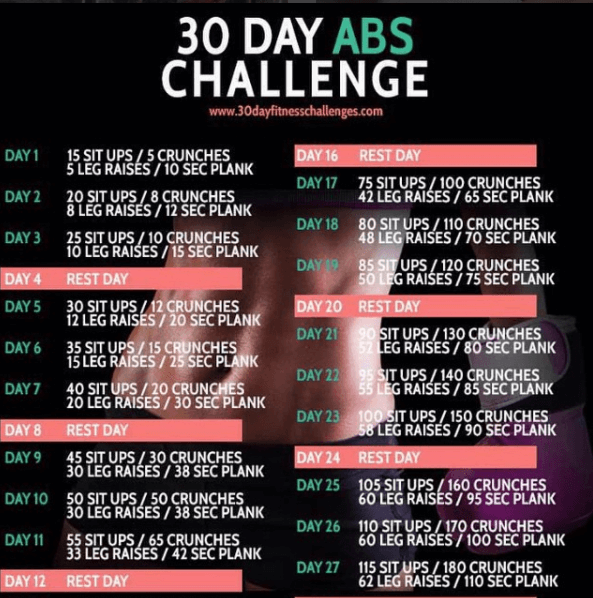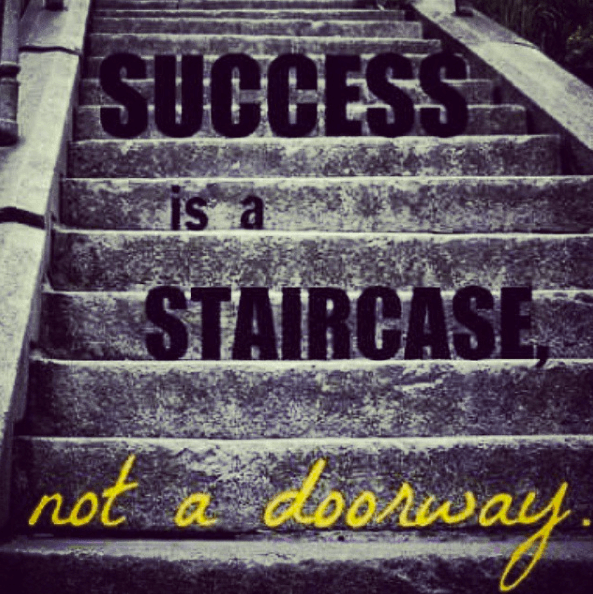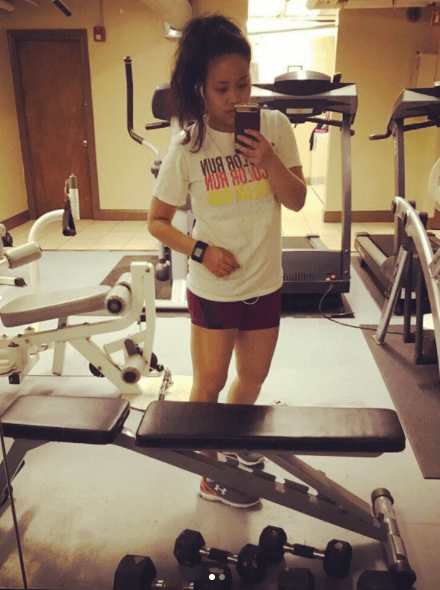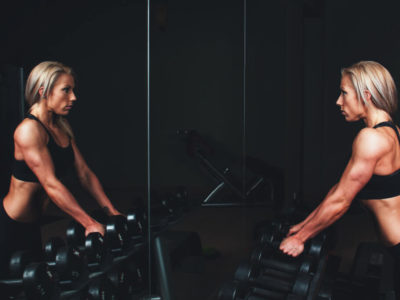Some days you might wake up and realize you want to get fit. You walk up the stairs on campus, sucking wind, wondering when blocks of lead suddenly replaced your legs. Maybe the Olympic games inspired you, watching the athletes excel at their craft. Or, like many, you made it your New Year’s resolution to get fit…for the fifth year in a row. So you turn to the 30 Day Challenge.
We’ve all been there. Some of us look to improve our physical abilities, but most want to improve the way they look.
Even in a society that’s lethargically inching toward betterment in terms of bodily acceptance, plenty of people want to make changes just for the sake of aesthetics. Fitness is about so much more than that. “The ideal body continues to change and will always be subject to the individual,” Physical Therapist Colin Fields said. “There are plenty of people who have an ‘ideal body’ who aren’t healthy, and vice versa.”
Fields recommends a more well-rounded approach to fitness. You need to do what’s right for your body, based on the nature of your goals and a desire to balance all areas of your health.
What Exactly is the 30 Day Challenge?
If you’re someone without a ton of fitness experience looking for a way to get started, the 30 Day Challenge is definitely a great option. These challenges recently saturated the Internet with encouragement and motivation to get in shape. Essentially, the challenge gives you 30 days’ worth of workouts, meant to kick-start a beginner’s fitness journey.
“The 30 Day Fitness Challenge has a huge presence on social media, not only on an individual basis, but also a community one. You can look at what other people are doing for exercises and see how their challenges are going,” Fields said. “Misery loves company and it’s a lot easier to commit to exercising if you have the support of others, either in person or through social media.”
Posting a video or picture of you banking those sweaty minutes could bring the wave of satisfaction you need to do it again. “I believe in anything that gets people moving. Whether it is a stepping stone or the final outcome for fitness, it is important for people to be enthusiastic and passionate about the exercise they are doing,” Fields said.
He also emphasizes the convenience that comes with the fact that these workouts generally use little to no equipment. All you need is your body and some open space and you’re set.
Of course, there are a couple of downfalls to these exercise programs. Because each person’s body is so different, we all have diverse mobility and strength issues. Working from a single, overarching workout routine doesn’t take your individual needs into consideration. That means you risk injury and reinforcement of poor form.

What can I do to get fit instead of the 30 Day Challenge?
1. See a professional.
A personal trainer may be the better option for you. Yes, they come expensive—especially for college students and their stack of loans. But I’m not talking about paying a trainer to blow a whistle at you while you sweat and sob through an hour-long session three days a week for the next six months. I’m talking about avoiding Urban Outfitters for a couple of weeks and saving up for a handful of sessions to learn workouts that work for you.
Many schools hire and train student personal trainers to work in their recreational facilities. Anyone on campus can make appointments with them. Some schools will even provide students with an allotment of free sessions with these trainers each semester. Take a peek at your school’s recreation website, or stop in and ask about it at the front desk. In a few meetings, you can learn about weaknesses you never knew you had and how you can tailor your workouts to strengthen them. You can also learn a ton of knew exercises and how to perfect your form for old ones.
2. Find your weaknesses. Then conquer them.
Personally, I had no idea I had poor ankle mobility until I saw a professional. I know, you’re definitely thinking, “Who cares about ankle mobility?” As it turns out, my limited range of movement in my ankles hindered my squatting form. It prevented me from keeping my back straight as I lowered down to 90 degrees. Not making this change would put me at risk of severely damaging my back. The fix? Stick plates under my heels. It worked—I finally felt the pressure on my legs, not my lower back.
“If a movement doesn’t feel right or is painful, it likely means an adjustment needs to be made,” Fields said. “The world of fitness is ever evolving and we are doing things nowadays that are new and revolutionary. As trainers we’re able to collect data using movement screens, such as the Functional Movement Screen, to better create and implement an exercise program for every individual client.”

3. Set smaller goals that leave room for improvement.
The 30 Day Challenge ends abruptly after a month full of workouts every single day. This is too much, too soon. No wonder you’re excited to finally finish on day 30.
Take a pen to your calendar, and mark down the three days a week that you’ll go to the gym for the next month. Then bump it up to four days a week for the month after that. If you can get it to five days a week by the third month, you’re in fantastic shape. If not, keep working at it. Listen to your body if you need to back off or give it some rest. Don’t push too hard, but make sure you’re still putting enough the effort to sweat.
4. Share your progress with friends.
Friends can help hold you accountable for your workouts. If you know someone who’d like to get more fit with you, set your goals together. On the days you really don’t want to go, your bestie will motivate you to throw on your sneakers and get active.
Even if you don’t want to go to the gym with a friend, show everyone your progress on Instagram. If you had an awesome sweat sesh one morning or pushed it a little harder than usual, let yourself be recognized for it. You deserve to take a pic and share it on your social media accounts. When other people know you’re getting in shape, it’ll feel much harder to quit. Take advantage of your resources, whether that’s social media, your gym staff, friends or all three.

5. Keep working when the 30 Day Challenge ends.
What happens when the 30 days are up? If you finish the 30 Day Challenge, fantastic. Good for you. But don’t stop exercising entirely once the program ends. That defeats the purpose of the entire program. “I think there is certainly a portion of people who catch the exercise bug and go through multiple challenges or even join a gym after starting the ’30 Day Fitness Challenge.’ However, in the grand scheme of things, most people don’t, and that’s why these fitness routines are considered fads,” Fields said.
These programs are awesome if they get you thinking more seriously about your fitness and help you get into a routine of exercising almost every day. However, they’re not so awesome if you use it and then lose it. Overall health requires persistence and commitment that carries much further than 30 days. It also calls for you to take care of yourself in other ways, like monitoring your nutrition, sleep and water intake.
The 30 Day Challenge makes a great first step on your journey to becoming a fitness fanatic. But that journey shouldn’t end after 30 days. They need to be used as part of a broader, long-lasting effort to take care of your body and get healthier. If that means you think you should supplement with a personal training sesh here and there, go for it. If that means you need to learn more about healthy eating, do some research or talk to a nutritionist. Educate yourself before you mess with your body.



















